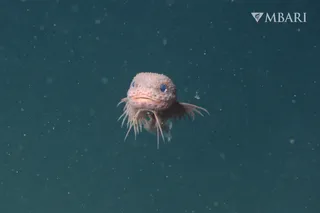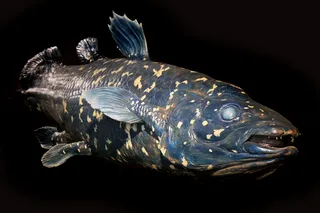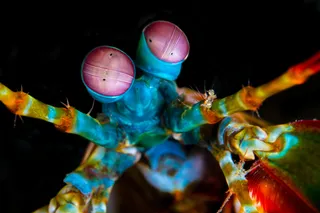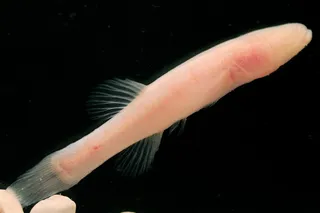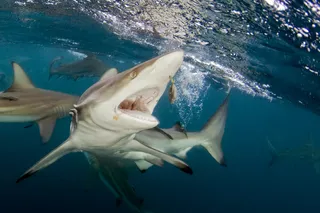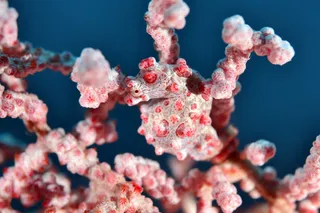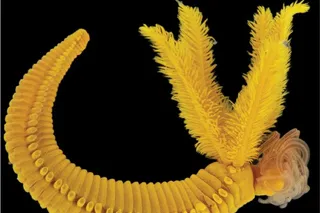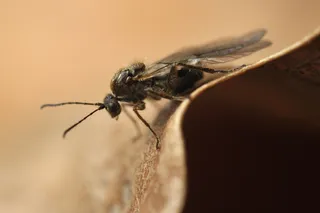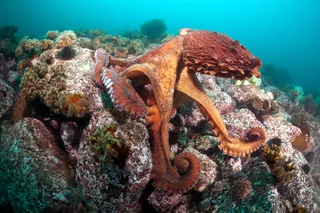Frog tadpoles have a good nose for danger: Scientists know that they go from headlong swimming to total stillness when they smell a predator. Now, researchers have discovered that frogs get that odoriferous training very early on. When they're still embryos, they can learn to assess the threat level by sniffing for a predator's pheromones.
Embryos put into water containing the odour of a salamander and the odour of injured tadpoles learned that the predator's smell was a threat [BBC News].
In an experiment sure to make PETA squirm, crushed tadpoles were mixed with water in which a tiger salamander had been swimming. Embryos were raised in this water with different concentrations of crushed tadpoles. Once the embryos had hatched into tadpoles, researchers tested their response to only the salamander odor.
The idea was to see if the amphibian embryos could learn to associate the smell of injured tadpoles with the smell of a predator. This type of learning behavior has also been observed in previous experiments with fish, larval amphibians, and larval mosquitoes, however this was the first study to document the behavior in embryos.
The tadpoles that were exposed to a higher concentration of the injured tadpole odour stayed motionless for longer in response to the salamander cue [BBC News].
The scientists say this demonstrates that these tadpoles learned as embryos that salamanders were more dangerous predators. The researchers published their findings in the journal
Behavioural Ecology and Sociobiology. Related Content: 80beats: Meet the Sexually Irresistible Fruit Fly 80beats: Do Humans Communicate Via Pheromones? The Jury Is Still Out 80beats: Sniffing Out Sickness: Mouse Noses Respond to the Urine of Diseased MiceImage: Maud Ferrari, UC Davis



